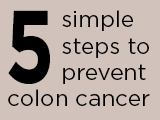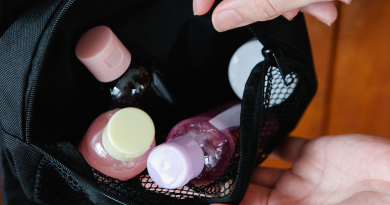Rinse and repeat: Haircare 101

It’s something we all do, but everyone’s haircare routine looks a little different. Some people swear by washing their hair every day, while others do it weekly. Then comes the views on how to best tackle dandruff or whether you should oil your scalp. We asked Dr. Oyetewa Oyerinde, assistant professor of dermatology and director of the Skin of Color Clinic at Baylor College of Medicine, all of the haircare questions to help you make the most of your routine. Here’s the first part of our haircare series.
So, how often should you wash your hair? Oyerinde explains that it depends on your hair type.
“It really depends on the person’s hair texture and their hair characteristics,” Oyerinde explained. “People who have very straight hair need to wash a little bit more frequently than people who have curly hair, and those people with curly hair need to wash more frequently than those who have coily hair.”
When the hair is very straight, all it takes is combing or even just running their hands through their hair to distribute sebum from the scalp all over their hair. That makes the hair oily and weighs it down, which is why people with straighter hair need to wash more frequently. “For those people, I usually recommend three to four times a week at the least, and for some people, every day, if their hair is super pin straight,” Oyerinde said.
Someone with loose curls or wavy hair could wash two to three times a week. For someone with really coily hair or tighter curls, Oyerinde recommends washing once a week.
“Sebum can’t travel easily on curly hair,” Oyerinde said. “If you’re washing too frequently, you can strip your hair of natural oils and make your hair dry and brittle, and it can break off.”
For those with straight or wavy hair, Oyerinde says it’s okay to use clarifying shampoos with sulfate, especially if you have a lot of product buildup or sweat a lot, since these products help get everything off the hair. Moisturizing or sulfate-free shampoos may be more appropriate for regular use for those with curlier hair types. For conditioners, it comes down to your hair type and whether you need a moisturizing conditioner or a strengthening conditioner.
“A strengthening conditioner has hydrolyzed protein in it, which means it has proteins that are small enough to get into the hair to help to strengthen the hair,” Oyerinde said. “If it is moisturizing, then it’s going to have ingredients like glycerin, honey and things that are humectants that pull moisture from the outside world into [the hair].”
For those with color-treated or chemically treated hair, Oyerinde recommends looking for shampoos and conditioners with strengthening qualities.
“When you permanently change your hair (like coloring or treating it), you need a little bit more protein because the protein of the hair is automatically damaged when you chemically alter it,” Oyerinde said. “Also, people who have color-treated hair need to avoid sulfates as they can pull out the color from the hair.”
While you’re lathering up, make sure to use warm water to shampoo, as this will help the product penetrate the hair more deeply and cleanse it better. When it’s time to condition, Oyerinde recommends rinsing off conditioner with cool water to help close the hair cuticle.
Your hair type also matters when you’re detangling it. For those with curly or coily hair, Oyerinde recommends grabbing a wide-tooth comb, or detangling brush with wider bristles and teeth, while those with straighter hair can use a brush with tighter bristles.
“If someone has very tightly coiled hair or natural hair, then using a brush while the hair is actually wet is going to be safer for the hair,” Oyerinde said. “For someone with straight hair, it’s safer for the hair to brush when the hair is dry. Someone with kind of looser curls might need a spritz of water before brushing.”
Stay tuned for our next part on scalp oiling, hot tools and whether you should sleep with wet hair!
Learn more about Baylor Medicine Dermatology.
By Anna Kiappes



